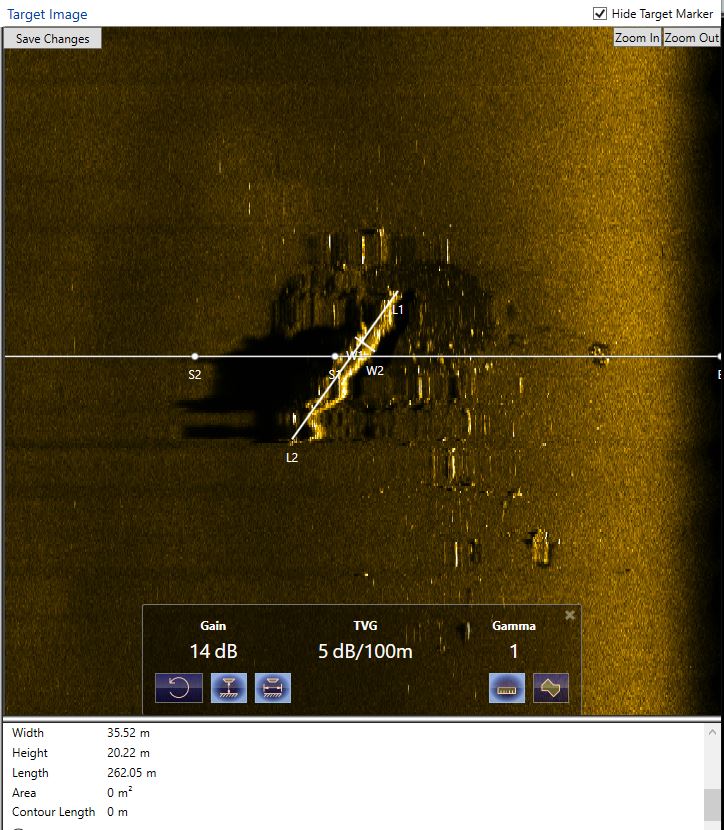Oddly, Germany then declared war on America to support its Axis ally.
Both countries underestimated American manufacturing capacity.
In April, the Doolittle Raid bombed Tokyo, in May the world saw its first combined air-sea battle, the Battle of Coral Sea, and in June the U.S. Navy intercepted a Japanese invasion fleet heading for Midway Island.

The cruier USS Atlanta (CL-51) ) and destroyer USS Phelps (DD-360) screening the carrier USS Hornet (CV-8) on June 6, 1942. Official U.S. Navy photograph, now in the collections of the National Archives.
The resulting Battle of Midway was an overwhelming victory for the United States, though it lost two ships, the carrier Yorktown and then the destroyer screening ship Hammann as it attempted to rescue crew from the Yorktown. On the Japanese side, four of the six aircraft carriers they brought, the Akagi, Kaga, Sōryū and Hiryū, were sunk, as was the heavy cruiser screening ship Mikuma. Last week, the Japanese aircraft carrier Kaga was found, part of an effort by the Petrel Mission to locate all of the wrecks.
Now another has been spotted.

Akagi? Credit: RV Petrel
Either the Akagi or the Soryu has been located under nearly 18,000 feet of water off the coast of Midway, which is at the northern end of the Hawaiian island chain. The Japanese were intent on destroying the American fleet to prevent another bombing of Tokyo while solidifying their territories but were concerned about bombers on Pearl Harbor so they had chosen Midway to draw in the American fleet. But they underestimated American strength dramatically. The sunk Hammann, for example, had come all the way from Iceland.


Comments